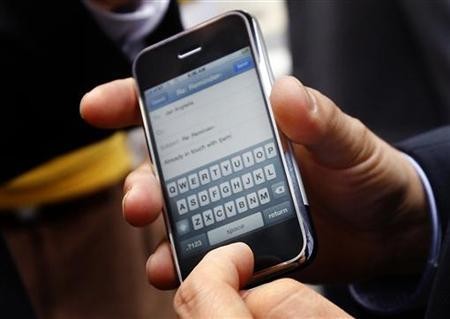June 29 marks the iPhone birthday, as the Apple smartphone hit the market exactly eight years ago in 2007. While users' initial experience with Apple Inc.'s premiere mobile device was mind-boggling, they also remember the problems and limits of the first iPhone ever that was released.
The launch of the iPhone 1 challenged a cellphone industry that was dominated by companies such as Nokia, Motorola, and Motorola, according to MacRumors. The original price was almost $600.
A key flaw of the iPhone 1 is that it lacked a GPS chip. Also, the smart phone was only available via AT&T, and not through 3G wireless data service.
However, the biggest drawback of the first ever iPhone was its lack of third-party apps, according to BetaBoston. It lacked software programs not developed by the fruit logo company.
The original iPhone unit was bundled with some Apple apps. They included programs for text messaging, e-mail, Web surfing, and YouTube.
Many app developers started to hack the iPhone operating system. They then programmed useful applications such as games, messaging software, and baby monitors.
Apple CEO Steve Jobs was well aware of the benefits of third-party apps, yet he realized that standalone ones made from hacked iOS tech could result in malfunctioning phones, stolen user data, and viruses in the AT&T network. So he only welcomed iPhone browser apps.
Then on June 10, 2008 Apple Inc. opened the App Store. iPhone owners could buy third-party apps that had the Apple seal of approval, representing a second birth of the iPhone.
After the launch of the App Store, the Apple gadget became more than a cellphone. Today there are tons of programs. iPhone users can find mobile apps for security cameras, car locks, and medical tests.
Apple has launched 10 mobile phone models. In Q2 2015 the smartphones earned almost 70 percent of Apple Inc.'s revenue, combined with sales from products and services including iTunes, iPad, and Mac.



























